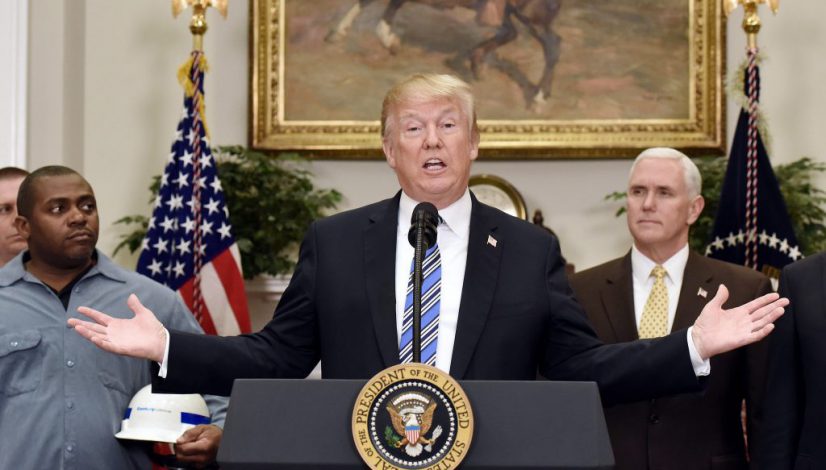What Effect Will Trump Tariffs Have on Steel Prices?
US President Trump’s tariffs on foreign steel and aluminum imports recently went into effect, leading some to ask what comes next for steel prices. Will the tariffs benefit the average American worker? Or will the new cost of steel inputs hurt American manufacturing jobs? Will steel prices remain stable, rise slightly, or spike? Will the net effect be positive or negative for the US economy?
Current Steel Prices
China is the largest consumer of steel in the world, with the United States following closely behind in second place. But developing regions in Latin America and the Middle East are also gaining in consumption. This year, global demand for the industrial metal is expected to reach 1.64 billion tons annually. For three years, demand for steel has risen.
As consumption rises, steel prices have been steadily climbing as well. Iron ore is currently around $70. And leading industrial consumers – like Schneider Electric, General Motors, Siemens, and others – generally face difficulty sourcing the metal at prices low enough to maintain current profit margins. President Trump’s new tariffs on steel and aluminum rightly have them concerned.
The Tariffs
Citing national security concerns, President Trump formally announced steep tariff increases on steel and aluminum on March 8, 2018. The new tariffs went into effect later that month and mandated a 25% tariff on steel and 10% on aluminum. Canada and Mexico – both economic allies for the US – were granted temporary exemptions.
While the tariffs were greeted with mixed reactions domestically – with some Republican lawmakers expressing disappointment that the legislation didn’t do more to exempt other economic allies and warning of unintended consequences – the domestic steel industry celebrated the move.
- US Steel announced plans to re-open a blast furnace in Granite City, IL that has been dormant for several years.
- Century Aluminum pledged to hire 300 additional workers at its smelter in Hawesville, KY.
The Impact at Home
But while steelworkers and those who produce aluminum and steel are poised to benefit from inevitable price increases stemming from the tariffs, there is cause for concern as well. Steel prices have risen sharply at home, resulting in unfavorable ramifications for industries and manufacturer that rely on consuming these metals. As steel imports become more expensive, the price of products made from steel must also rise.
Steve DuBuc, director for AlixPartners’ automotive and industrial practice noted prior to implementation of the tariffs that “Domestic producers of steel would make more money, while domestic consumers of steel would make less…” The financial impact will likely be felt most by the automotive industry in the US.
- Ford came out in January to warn that, if implemented, the newly proposed tariffs would hurt 2018 profits and add to the burden of increasing commodity costs.
- Caterpillar Inc.’s shares slipped last month in reaction to the company’s announcement that rising materials costs would negatively impact profitability.
How much steel prices rise in the US as a result of the new tariffs is pure guesswork. But estimates range from 5% to 30%, and some believe the impact will be negligible, while other manufacturers are preparing for the worst. Inputs for industries like the automotive and other steel-consuming producers will rise to some extent. And increased costs means further challenges for companies vying to bolster profit margins. But the fact remains, steel prices have been rising for years now. And by and large, this has been due to an ever-increasing rise in demand.

